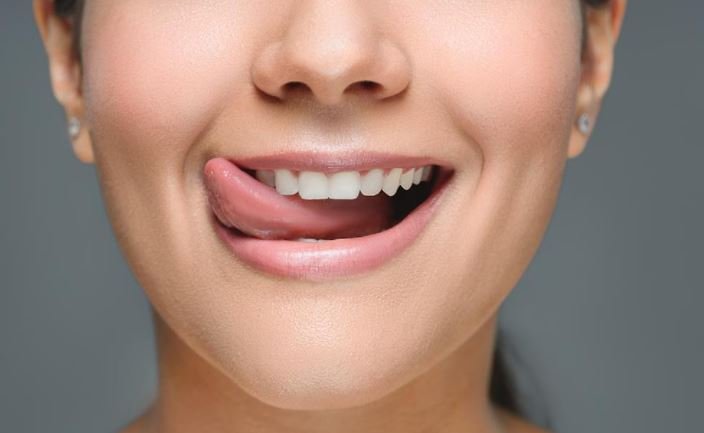 Glebe is a suburban area that is well-known for its variety of multicultural restaurants and cafes. Even though many families residing in the suburbs have brushed their teeth, the tongue is something that people take for granted.
Glebe is a suburban area that is well-known for its variety of multicultural restaurants and cafes. Even though many families residing in the suburbs have brushed their teeth, the tongue is something that people take for granted.
From kids to adolescents to adults, everyone experiences the world of food through tongues as they play a key role in the human’s ability to taste, chew and swallow the food. Therefore, the health of the tongue says a lot about a person’s overall health. Here are all the signs that one must look out for to determine their tongue health, subsequently visit the well-known Glebe dentist to get an accurate diagnosis and prevent major damage.
The First Signs of Abnormalities to Look Out For
Certain medical disorders and unhygienic habits could indicate signs of an underlying issue. One must look out for developing patches, seemingly permanent lesions, painful aches, and smells as a sign of oral ill-health and must visit a Glebe dentist immediately for a check-up to determine the cause.
Colour Changes
Different oral disorders lead to the tongue developing colors that are different from its healthy pink.
- Red: It turns red if the person suffers from an infection, inflammation, vitamin B12 deficiency, underlying heart condition, blood disease, scarlet fever, Kawaski disease, and eczema.
- Gray: Peptic ulcers, eczema or digestive issues may cause it to turn grey.
- Purple: It turns purple when there is poor blood circulation indicating heart problems.
- White: A tongue with a lumpy and thick white coating might mean that the person has a fungal infection, oral thrush, or slight whiteness and dryness could indicate dehydration.
- Blue: A blue tongue can occur when there is a lack of oxygen caused due to a blood disorder, kidney or respiratory issues.
- Brown: Drinking a lot of coffee and smoking could turn the tongue brown.
- Yellow: It may develop a yellow coating due to bacteria build-up caused due to poor hygiene, weakened immune system, excess tobacco, coffee or tea consumption, alcohol use, etc.
- Black: Certain antibiotics, Pepto-Bismol, smoking or poor oral hygiene could result in the tongue turning black and swollen.
Sore and Tender
Food allergies could cause the tongue to develop tenderness and soreness, causing pain and discomfort. If this continues for an extended period, it is better to consult a dentist.
Irregular Bumps and Patches
If the tongue shows numerous bumpy red patches, then a visit to the dentist or a doctor would be imminent as it indicates a high fever.
White Blotches
Medically known as Leukoplakia, white patches can occur among smokers and those who use tobacco due to tongue irritation. Oral cancer could also show up in this form. Therefore, it is highly recommended to consult the reliable Glebe dentist if one spots any such patches.
Hairy Tongue
Protein build-up can cause bumps to develop on the tongue, which can become elongated, resulting in a hair-like appearance. Using a tongue brush or a scraper would help to restore the tongue to a healthy state.
Tips to Maintain Tongue Health
- Brush the tongue regularly using a toothbrush, a tongue brush, or a scraper to remove all the bacteria.
- Stay hydrated by drinking abundant water to keep the production of saliva constant.
- Use a mouthwash regularly to control cavities, tooth decay, gum disease, and bacteria development.
- Use a tongue scraper to eliminate bacteria and germs as it eliminates food residue on the tongue. Brushing and tongue scraping twice a day also helps maintain a fresh breath.
- Keep a vigilant eye on the teeth and the tongue’s appearance and visit the dentist upon any signs of abnormality.




